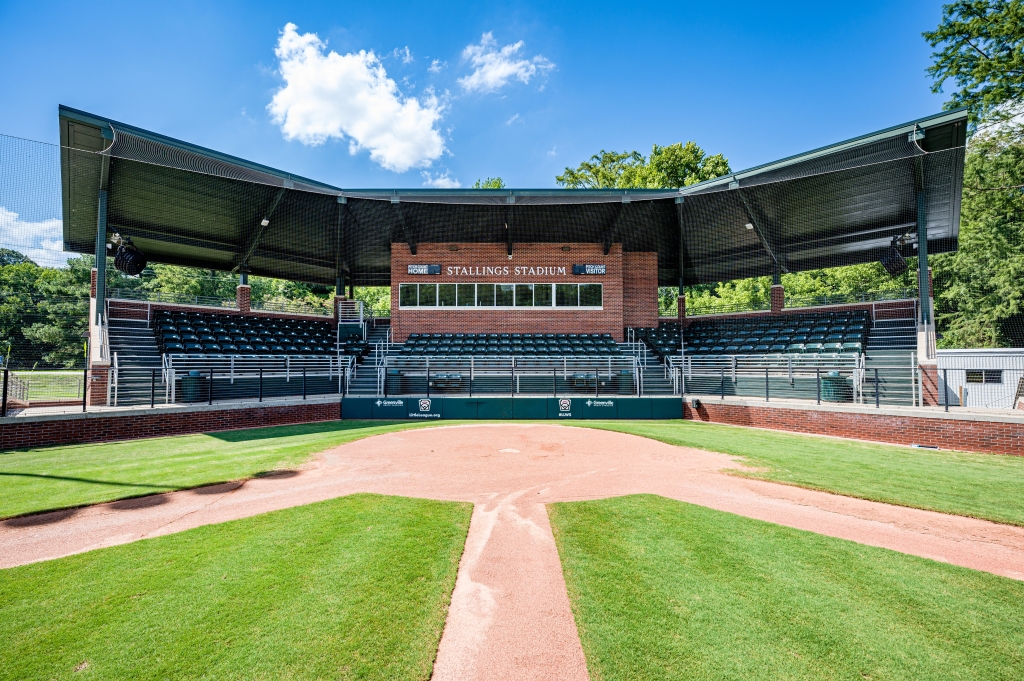Last week, I took four stories and included some setting locations. This week, let’s explore a bit into the third setting discussed: Architecture and Environment.
Alpha – The story opens during a rainstorm. That sets the mood for the piece. Confusion. Depression.
Other in this category include:
- I create a house that is a mini castle to show elegance and Mallory’s dichotomy to it.
- A baseball park in one of Mallory’s dreams was used to show some of her wild imagination.
- I used both a wooded park and under a bridge near a rail yard to enhance secrecy and a flurry of action.
The Peace Tree Mystery – Nearly every location references the Native American culture and heritage. From the Painted Rocks to the actual Peace Tree, I want the reader to immerse in what used to be. The story remembers the Indians and their contributions and shows that some people don’t forget.
Night Shadows – I’ve used lonely dark streets, a dark park, an old part of Sherman Hills, a basement at the University of Iowa, the Zona Roja in Mexico City, a dimly lit hospital chapel, a parking garage, a dark corner of an antique shop, and a fascinating if eerie art exhibit to promote fear and the unknown.
New Year Gone – In this story, I use the cold and the snow to promote depression, especially in the main character. Each place Habeck visits affects him. He sees a lot of misery wherever he goes.
- Water Works Park.
- Merle Hay Mall confuses him.
- His messy half of a duplex.
- His office with substandard furnishings.
- His pitiful car.
Concerning the final setting point, let’s look at social and cultural context.
Alpha – I mentioned before how in one scene Mallory feels like a peasant calling on royalty. Mallory is middle-class, a martial artist, and a woman. She doesn’t think she’s “better than others.” She relates well to friends from different cultures, races, and backgrounds.
The Peace Tree Mystery – As mentioned above, this deals a lot with the Native American culture. I hope I have done fair justice to this area. I wanted to bring out the noble aspects of the Indians of the past and how some still seek to preserve that heritage and nobility. Yes, Wildcrow has a sense of humor. In one scene he refers to needing to get home to get his “pony” which turns out to be a four-wheeler. He loves his granddaughter and wants her to come back into the fold, as it were.
There are a couple of bumbling brothers who provide some comic relief throughout the book. They’re lower-class, meth producers and marijuana growers.
Peter White is a Chicago gangster. Hard-nosed, nasty, and out to get rich. What’s interesting here is that he seduces a wannabe upper-class snob in Kathryn Van Steele who acts superior, but her actions belie that attitude.
Night Shadows – Couple the middle-class Reznik with FBI agent Campisi. Each has his or her strengths and weaknesses, but they complement one another.
New Year Gone – Sabastian Habeck is somewhere between lower-middle and middle. His ex-wife, Anne moves in upper-middle class circles. Other characters span the range of these. There’s a lot of different backgrounds. Working (professional) women, a prostitute, a gangster, a financial advisor, a nightclub owner, a pornographic movie maker, a realtor, and a photographer.
Conclusion
As seen over the last few weeks, setting isn’t just location. It compasses so many aspects that affect character, atmosphere, story theme, and presentation of the story.
The writer must keep in mind everything. Setting can become a character if worked right.
What books have you read where the setting is memorable because it resonates with you?



